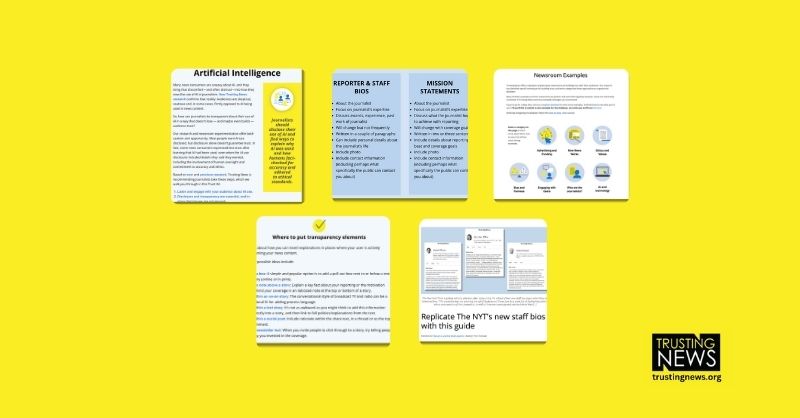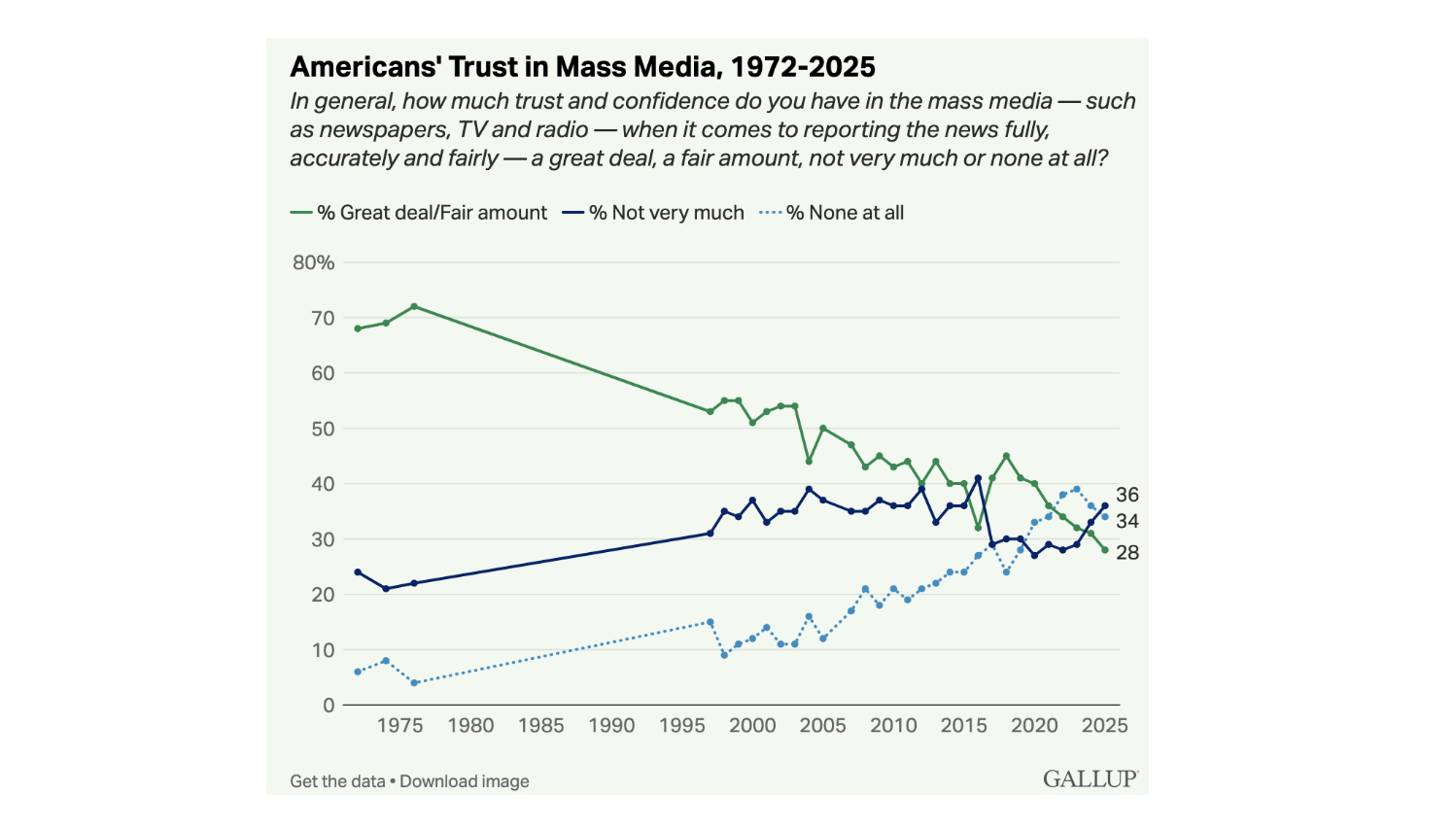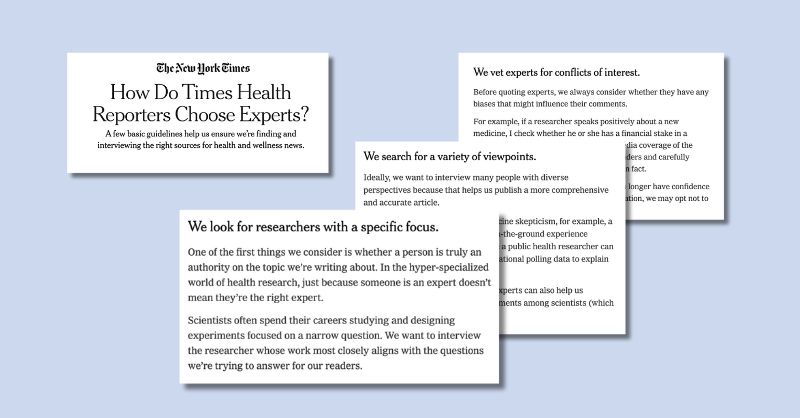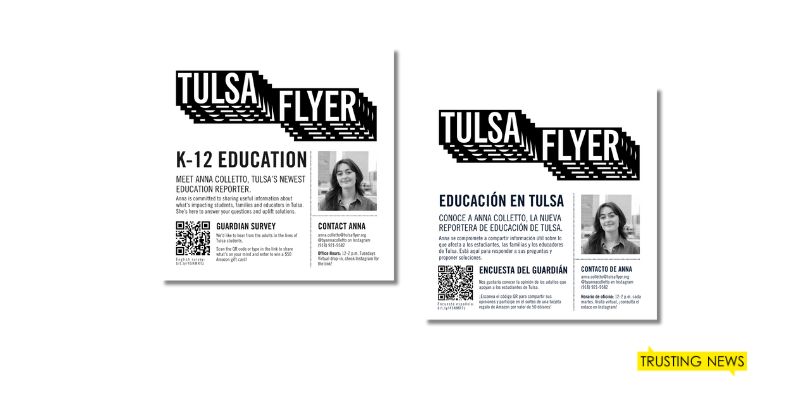
We know it can be challenging to gather efficient, ongoing feedback about perceptions of your work and your efforts to earn trust. Here’s one idea for how you can.
Use in-story surveys to measure trust
Want to get this Trust Tips newsletter in your inbox each Tuesday? Subscribe here.
So you’re a journalist working to build trust with your audience. You want to provide useful, relevant coverage while being transparent and credible. That’s great. But how do you know if your efforts are actually working?
At Trusting News, we often talk about the importance of listening to your audience, partially because it’s a helpful way for you to gauge if the news you’re providing aligns with the coverage people want. But we know on a broader scale, it can be challenging to gather efficient, ongoing feedback about perceptions of your work and your efforts to earn trust.
Here’s one idea for how you can do that, from KUOW in Seattle. In their online stories, they regularly embed a survey at the end asking readers to share their thoughts about how well they covered a particular topic.
The standardized in-story survey includes questions about whether the news consumer felt more informed after reading the online coverage, if they heard a perspective similar to their own, and whether they felt like multiple sides or perspectives were represented fairly.

It also leaves space for people to ask questions about the story or share feedback on how the newsroom could do better, and includes a link “Why you can trust KUOW” that directs folks to its newsroom policies.
What’s great about this survey is that it’s short and sweet and keeps people on the page rather than clicking away, making the barrier to participate low. (I’d recommend making questions optional.) Plus, the questions all center around understanding the audience’s needs and perceptions, rather than asking questions that might feel self-serving for the newsroom. (We’ve written more about that before.)
KUOW also has a great workflow around replying to respones. Zaki Hamid, the station’s director of community engagement, said every day, either he or someone from his team monitors the responses. When needed, the team will direct questions and feedback to the appropriate folks in the newsroom. They also regularly share a report with the wider newsroom (including newsroom leadership) that details how many responses they received, the top feedback and any trends they are noticing in the responses.
How does your newsroom use surveys? We’d love to hear about it! Let us know by sending us a message at info@trustingnews.org
Taking this to your coverage
Does your CMS have a survey tool — perhaps one that’s used by audience development or marketing teams more than the newsroom? KUOW uses Grove (a public-media specific CMS system), and built a custom widget that connects the survey to their Salesforce account. That allows them to monitor and reply to responses directly within Salesforce.
Even if your current CMS does not have a survey tool, or you don’t have the ability to create custom widgets, you could create a survey like this in Google Forms and embed or link to it in daily coverage. These don’t have to go on all your stories — you could start by adding surveys to just a few stories you know will likely be talkers.
You could include similar questions to KUOW’s survey, about how helpful or fair the coverage felt. You could also ask people what they want to know about how you make decisions in your newsroom or as an independent journalist. Or maybe even what questions they have about the sourcing or fact-checking in the article.
And if you included some transparency language or specific trust element in the story (for instance, background on why you reported the story or if you pointed to a newsroom policy), you could ask people specifically if they found the added information helpful. We have more guidance on how to ask your audience for thoughtful input in this Trust Kit.
By simply asking for feedback, you’re demonstrating that you care about hearing from people in your audience and care about how your coverage is landing. Plus, you’ll likely end up with some information that will help make your journalism even more relevant.
Don’t forget! Be sure to close the feedback loop. Make a habit of acknowledging that you read responses and publicly share if any feedback spurred changes in coverage.And if you included some transparency language or specific trust element in the story (for instance, background on why you reported the story or if you pointed to a newsroom policy), you could ask people specifically if they found the added information helpful. We have more guidance on how to ask your audience for thoughtful input in this Trust Kit.
At Trusting News, we learn how people decide what news to trust and turn that knowledge into actionable strategies for journalists. We train and empower journalists to take responsibility for demonstrating credibility and actively earning trust through transparency and engagement. Learn more about our work, vision and team. Subscribe to our Trust Tips newsletter. Follow us on Twitter and LinkedIn.

Project manager Mollie Muchna (she/her) has spent the last 10 years working in audience and engagement journalism in local newsrooms across the Southwest. She lives in Tucson, Arizona, where she is also an adjunct professor at the University of Arizona’s School of Journalism. She can be reached at mollie@trustingnews.org and on Twitter @molliemuchna.



